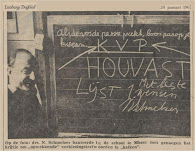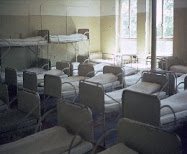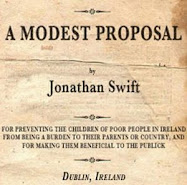The rushed methodology employed by the Department of Health and HSE for ratification and implementation has been worryingly different from the standards laid down in their own National Clinical Effectiveness Committee’s “Standards for Clinical Practice Guidance” (DoH, 2015) and “National Framework for Developing Policies, Procedures, Protocols and Guidelines” (HSE, 2016).
Eleventh hour production of guidelines and a national model of care are no more than tick-box exercises unless accompanied by meaningful education and training. Although abortions have taken place in our maternity units under current legislation to save the life of the mother – there is little or no expertise in surgical abortion (which is different in important respects to the surgical treatment of miscarriage) and no experience in feticide in the country.
Although most abortions will take place outside hospitals, it is essential that primary care and hospital services are fully integrated – and they are not universally so at present.
Finally, the HSE’s model of care document and new policy on conscientious objection has not been widely reviewed or shared.
It is correct to say there are “infrastructural deficits” in the Irish healthcare system (News, 16th December). Our maternity units are overcrowded and understaffed and many do not have the appropriate clinical spaces to provide the respectful care needed by women experiencing crisis or complicated pregnancies. There has also been a failure to involve midwives, nurses, anaesthetists, paediatricians and other healthcare professionals in meaningful discussions and planning. Many of our staff are unprepared and will not be sure what to say or do if new services are rolled out on New Year’s Day.
But our problems run a lot deeper than this. We do not have formal pathways in place to ensure all women have access to ultrasound services or fetal medicine expertise. In fact, many maternity units still do not offer routine dating or anomaly scans.
Our ratio of consultant obstetricians and gynaecologists to the female population remains one of the lowest in the OECD and many consultant colleagues have expressed conscientious objections to direct involvement. Legitimate concerns expressed are put down to fear of change rather than fear of clinical risk.
The introduction of piecemeal services on January 1st will result in geographic inequity, difficult clinical choices and missed deadlines for early abortions.
As clinicians dedicated to the care of women, we recognise the urgent need to end self-medication and travel abroad.
We are also pragmatists and accept it will take some time to address many of our longstanding infrastructural deficiencies. The response to these harsh realities, however, is not to introduce a disjointed and inadequately resourced service on January 1st. In the Irish healthcare system, promises of investments-to-follow seldom materialise – once services are started and other priorities emerge.
Those of us who have worked abroad have seen how well-organised, woman-centred, abortion services can provide high-quality compassionate care in early and late pregnancy. When it comes to abortion, Irish women deserve excellence of care – nothing less. Building on the current momentum and the commitment of all involved, this can be achieved by waiting a few months to complete essential preparations and to put the necessary resources into place. Passing legislation is not the same as setting up a clinical service.
We wish to reassure the women of Ireland that we will look after them and continue to advocate that they get the services that they deserve.
Furthermore, we will insist that the HSE and the Department of Health meet their responsibilities and commit to ongoing engagement with clinicians to resource our maternity units to the highest standards. The understandable passion to finally provide abortion care in Ireland should not blind us to the clinical reality of how unprepared we are. In expressing our concerns, we believe that we are demonstrating the clinical leadership that the Minister for Health has called for. – Yours, etc,
Dr BRIDGETTE BYRNE,
Coombe Women and Infants
University Hospital & RCSI;
Prof CHRIS FITZPATRICK,
Associate Prof MAIREAD
KENNELLY,
Associate Prof AISLING
MARTIN, Coombe
Women and Infants
University Hospital & UCD;
Dr SHARON SHEEHAN,
Master/CEO, Coombe
Women and Infants
University Hospital;
Dr KEELIN
O’DONOGHUE, Cork
University Maternity
Hospital & UCC; Dr NOIRIN
RUSSELL, Cork University
Maternity Hospital;
Prof FIONNUALA
MCAULIFFE, National
Maternity Hospital & UCD;
Dr PETER MC PARLAND,
National Maternity Hospital;
Dr JENNY WALSH,
National Maternity Hospital,
Dr NANDINI RAVIKUMAR,
Midland Regional Hospital
at Mullingar; Ass Prof
ELIZABETH DUNN,
Wexford General Hospital &
UCD & Dr FRANCOIS
GARDEIL, Wexford
General Hospital.































































